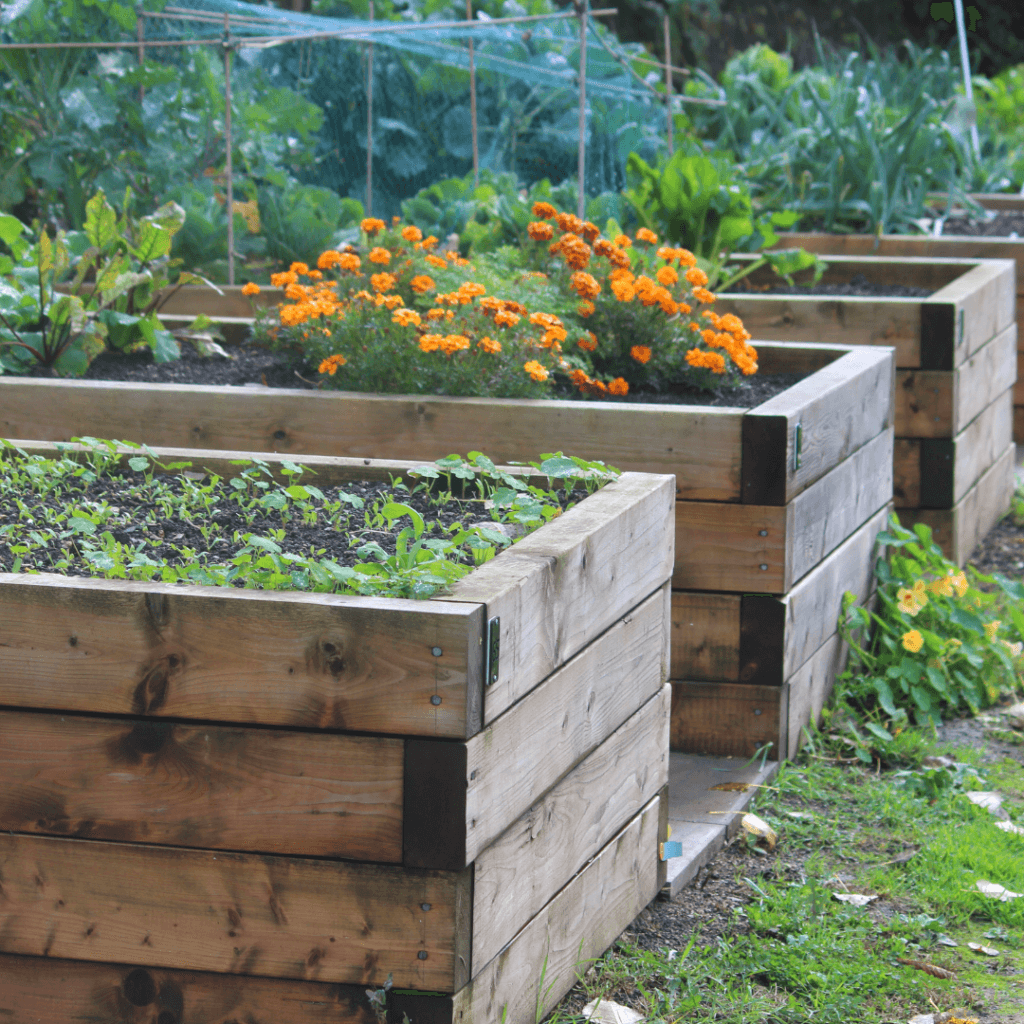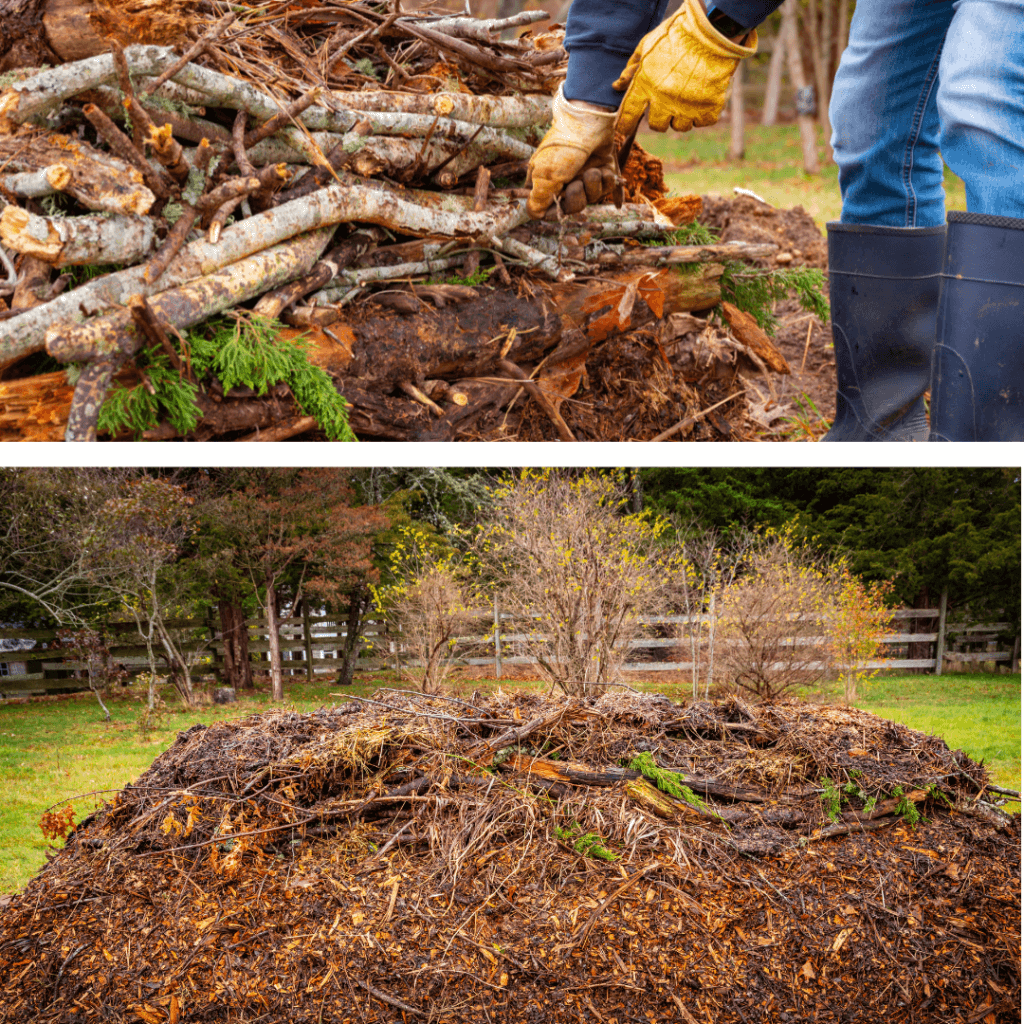Gardening Series – Transplanting Seedlings
Transplanting Seedlings in Maine: Tips for Success
Marking the transition from indoor nurturing to outdoor flourishing and transplanting seedlings is crucial. Whether you’re in Zone 3’s coastal regions or Zone 5’s northern interior, proper transplanting techniques are essential for hardy growth.
Remember, by creatively repurposing items you already own, you can reduce costs and minimize waste while still achieving successful seed-starting results.
Understanding Your Growing Zone
Timing is key when transplanting seedlings in Maine. Wait until the danger of frost has passed before moving your tender seedlings outside. In colder zones, this may mean waiting until late spring or even early summer, while gardeners in warmer zones like Zone 5 may have an earlier transplanting window.
We started our gardening series with a very in-depth look at Maine’s growing zones. Remember to reference it for information about your location and where/when to plant outside.
Harden Off Your Seedlings
You may have seen other gardening resources mention that you need to “harden off” your seedlings before planting them outside. This refers to the gradual acclimation to outdoor conditions before permanently transplanting them into the garden.
When seedlings are grown indoors or in a controlled environment, they are used to stable temperatures, protected from the elements, and shielded from direct sunlight. Harden off ensures that seedlings become accustomed to the harsher conditions they will encounter outdoors, like fluctuations in temperature, exposure to wind and sunlight, and variations in humidity.
To harden off your seedlings, gradually expose them to outdoor conditions for one to two weeks before transplanting. Start by placing the seedlings outdoors in a sheltered location for a few hours daily, increasing the time and exposure. This will allow the seedlings to adjust to the new conditions without experiencing shock, which can stunt growth or kill the tender seedling.
Prepare Your Garden
Prepare the soil in your garden bed before transplanting your seedlings. Make sure that the bed has good drainage to prevent waterlogging and loosen the soil to create a welcoming environment.
You can use various items you already have on hand to prepare the soil for gardening, even if you’re working with raised beds, mounds of dirt, and organic materials like sticks and leaves. Here are some creative ways to utilize what you have:
Raised Beds:
If you have raised beds, you can improve the soil quality by adding amendments such as compost, aged manure, or organic fertilizer.
Simply spread a layer of compost or manure over the surface of the soil and gently mix it in using a hand trowel or garden fork.
Consider incorporating a lasagna gardening technique, layering organic materials like grass clippings, leaves, newspaper, and kitchen scraps directly onto the soil surface. Over time, these materials will break down, enriching the soil and improving its texture.


Mounds of Dirt:
Mounds of dirt can be amended with organic matter to improve soil fertility and structure.
Mix in compost, manure, or other organic items by spreading them evenly over the surface and gently incorporating them into the soil using a rake or shovel.
Consider building hügelkultur mounds, a permaculture technique that involves layering logs, branches, leaves, and other organic materials within the mound. As these materials decompose, they release nutrients into the soil and improve moisture retention.
Transplant with Care
When transplanting your seedlings, handle them carefully to avoid damaging their delicate roots and foliage. Dig a hole in the prepared soil slightly larger than the root ball of the seedling and gently remove the seedling from its container. Place the seedling in the hole, backfill with soil, and press gently to firm up the soil around the roots.
After transplanting, water the seedlings thoroughly to help settle the soils and reduce transplant shock. Provide enough water to moisten the soil to the depth of the root ball and continue to water regularly as the seedling establishes itself in its new surroundings.
Consider using row covers, cloches, or other protective measures to protect your newly transplanted seedlings from pests and adverse weather conditions. Monitor them regularly for signs of stress or damage and take necessary action to ensure they thrive.